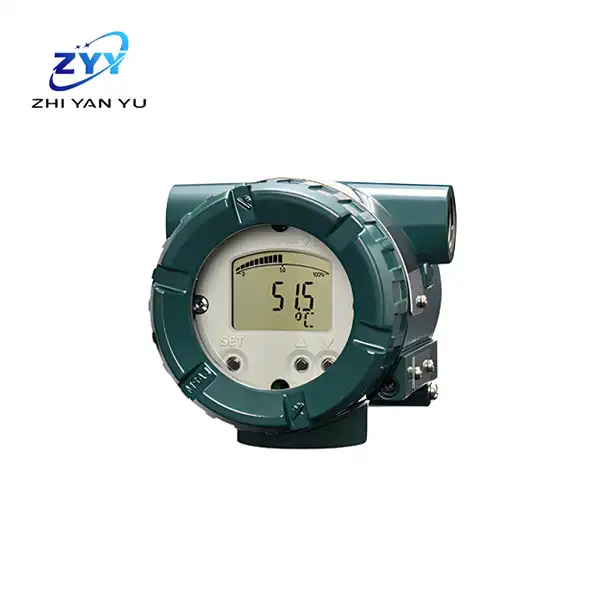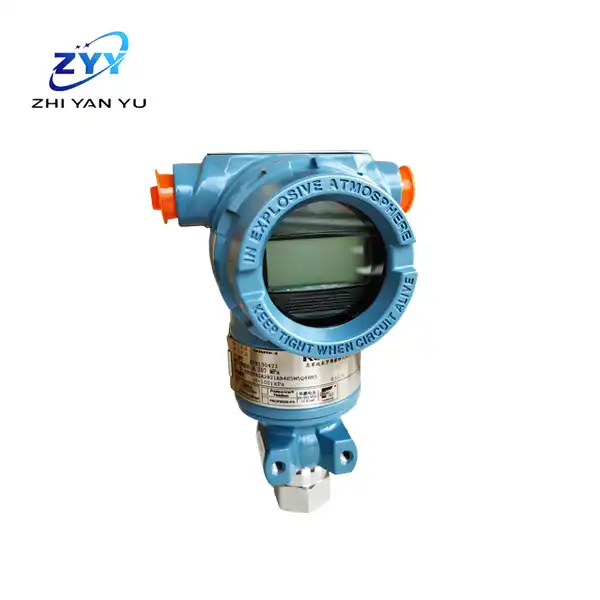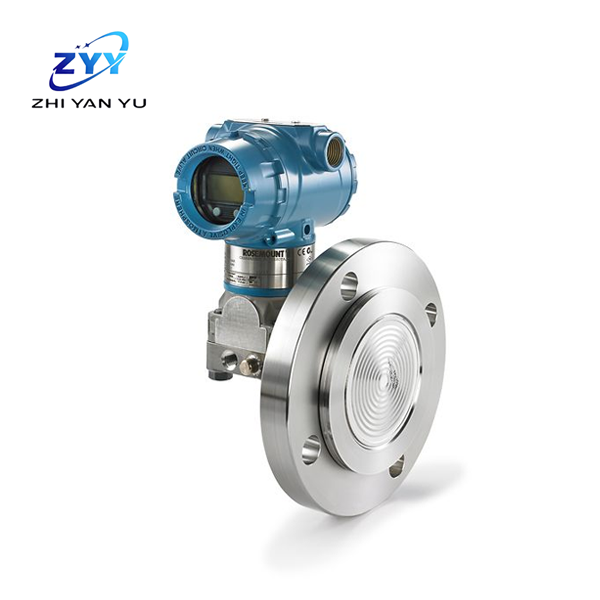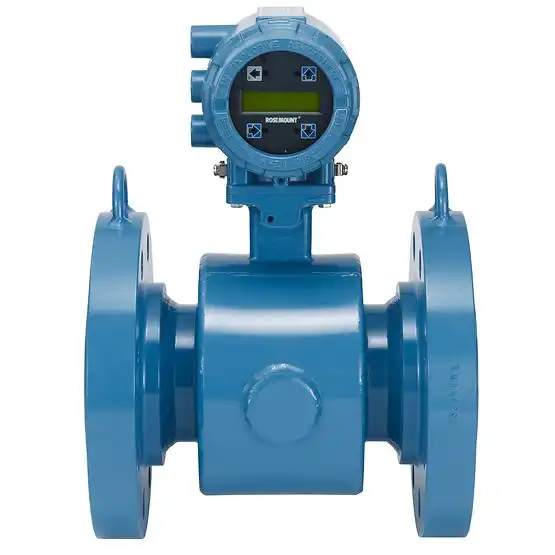- English
- French
- German
- Portuguese
- Spanish
- Russian
- Japanese
- Korean
- Arabic
- Greek
- German
- Turkish
- Italian
- Danish
- Romanian
- Indonesian
- Czech
- Afrikaans
- Swedish
- Polish
- Basque
- Catalan
- Esperanto
- Hindi
- Lao
- Albanian
- Amharic
- Armenian
- Azerbaijani
- Belarusian
- Bengali
- Bosnian
- Bulgarian
- Cebuano
- Chichewa
- Corsican
- Croatian
- Dutch
- Estonian
- Filipino
- Finnish
- Frisian
- Galician
- Georgian
- Gujarati
- Haitian
- Hausa
- Hawaiian
- Hebrew
- Hmong
- Hungarian
- Icelandic
- Igbo
- Javanese
- Kannada
- Kazakh
- Khmer
- Kurdish
- Kyrgyz
- Latin
- Latvian
- Lithuanian
- Luxembou..
- Macedonian
- Malagasy
- Malay
- Malayalam
- Maltese
- Maori
- Marathi
- Mongolian
- Burmese
- Nepali
- Norwegian
- Pashto
- Persian
- Punjabi
- Serbian
- Sesotho
- Sinhala
- Slovak
- Slovenian
- Somali
- Samoan
- Scots Gaelic
- Shona
- Sindhi
- Sundanese
- Swahili
- Tajik
- Tamil
- Telugu
- Thai
- Ukrainian
- Urdu
- Uzbek
- Vietnamese
- Welsh
- Xhosa
- Yiddish
- Yoruba
- Zulu
How To Calibrate A Rosemount 3051 Pressure Transmitter
2024-04-15 15:37:55
Calibration of a Rosemount 3051 pressure transmitter is a crucial procedure that ensures accurate and reliable pressure measurements in various industrial applications. This transmitter series is widely used across industries like oil and gas, pharmaceuticals, and water treatment due to its precision and dependability. By carefully calibrating these devices, technicians can maintain optimal process control and safety. This blog provides a comprehensive guide to calibrating a Rosemount 3051 pressure transmitter, ensuring your system performs at its best.
What Tools and Equipment Do You Need to Calibrate a Rosemount 3051 Pressure Transmitter?
Calibration of a Rosemount 3051 pressure transmitter requires specialized tools and equipment for a precise process. These tools ensure accurate pressure application and output measurement.
Calibration Manifold
A calibration manifold provides secure connections between the transmitter and the calibration equipment. It allows isolation of the transmitter from the process system and ensures the accurate application of test pressures.
Pressure Calibrator or Dead Weight Tester
A pressure calibrator or a dead weight tester acts as the standard pressure source. These devices can generate accurate pressure values that can be compared against the transmitter's output to identify calibration needs.
Multimeter or Process Calibrator
A multimeter or specialized process calibrator measures the transmitter's electrical output signal (usually 4-20 mA). Comparing this output to expected values helps identify if the transmitter is within calibration limits.
How Often Should You Calibrate a Rosemount 3051 Pressure Transmitter?
The frequency of calibrating Rosemount 3051 pressure transmitters depends on several factors. It's crucial to establish a calibration schedule that reflects the operating environment, industry standards, and historical device performance.
Harsh Environmental Conditions
Transmitters in harsh environments, like extreme temperatures, corrosive substances, or high humidity, may experience drift more frequently and require more regular calibration.
Regulatory and Quality Compliance
Certain industries require strict adherence to quality standards and regulations. Regular calibration helps maintain compliance, ensuring the safe and efficient operation of equipment.
Historical Calibration Data
Analyzing past calibration data reveals how often a transmitter tends to drift. This information allows you to set a calibration schedule that matches actual usage conditions.
What Are the Steps to Calibrate a Rosemount 3051 Pressure Transmitter Properly?
Calibrating a Rosemount 3051 pressure transmitter requires a series of steps to ensure accurate pressure measurements and transmitter output signals.
Preparation and Isolation
Preparation: Ensure the calibration equipment is available and in good condition. Review the Rosemount 3051 transmitter manual for specific calibration guidelines.
Isolation: Isolate the transmitter from the process system and depressurize the system to ensure a safe calibration process.
Zero and Span Calibration
Zero Calibration:
Set the transmitter to zero by adjusting the zero screw or digital interface while no pressure is applied.
Verify that the transmitter's output signal is within the acceptable range (typically 4 mA at zero pressure).
Span Calibration:
Apply a known, precise pressure using the standard pressure source.
Observe the output signal (typically 20 mA at maximum calibrated pressure) and adjust the span to match expected values.
Repeat this step across various pressure points to ensure consistent calibration.
Documentation and Final Verification
Document Calibration Results: Record all calibration readings, adjustments made, and the final output signal for each pressure point.
Final Verification: Verify that the transmitter provides accurate output signals across the entire calibrated range.
Conclusion
Proper calibration of Rosemount 3051 pressure transmitters is essential for maintaining accurate and reliable measurements in critical industrial processes. Understanding the tools needed, how often to calibrate, and following the correct calibration steps ensures optimal performance and compliance with industry standards. By adhering to these best practices, technicians can help maintain system integrity and operational efficiency.
References
Rosemount 3051 Product Manual (2023). "Calibration Guidelines for the Rosemount 3051 Series."
Calibration Technology Review (2022). "Best Practices for Pressure Transmitter Calibration."
Process Instrumentation Blog (2023). "Essential Tools for Accurate Pressure Calibration."
Regulatory Compliance Magazine (2021). "Calibration Frequency Guidelines for Pressure Instruments."
Instrumentation Society Conference (2022). "Optimizing Calibration Schedules for Pressure Transmitters."
Calibration Equipment Guide (2023). "Choosing the Right Calibration Manifold."
Measurement Accuracy Journal (2021). "Impact of Harsh Conditions on Pressure Transmitter Calibration."
Process Safety Magazine (2022). "Regulatory Standards and Pressure Instrument Calibration."
Quality Control Workshop (2023). "Maintaining Compliance Through Regular Calibration."
Technical Instruments Forum (2023). "Data-Driven Calibration Schedules for Rosemount Transmitters."
YOU MAY LIKE

Rosemount 8705 Flange type electromagnetic flowmeter sensor

Yokogawa Temperature Transmitter YTA710

Rosemount 2051TG Inline Pressure Transmitter

Rosemount ™ 3051L liquid level transmitter

Rosemount 8721 Sanitary electromagnetic flowmeter sensor
Rosemount Micro Motion Coriolis Mass Flow Meter
Self-Verification: Features Smart Meter Verification™ for complete, traceable calibration checks.
Calibration Facility: Supported by a world-leading ISO/IEC 17025 calibration facility for high performance.
Smart Sensor Design: Reduces the need for onsite zero calibration.
